The anime industry is notorious for its challenging working conditions, including long hours, tight deadlines, and often insufficient compensation. Anime studios fighting for the right to animate what they think will be the next big thing, or the desire to become the next content supplier of a popular streaming service, often come at the cost of the mental and physical health of anime staff tasked with the heavy burden.
What is fortunate is that the systemic problems of the Japanese anime industry are becoming more well-known, thanks to the freedom of social media and interest from fans worldwide. Attack on Titan fans voicing their concern for the overworked staff of their favorite show is a reminder that talent should always be prioritized over brand. Unfortunately, promising shows like Wonder Egg Priority become a victim of poor management and reckless scheduling.
Here are 9 of the most prominent examples of anime that were a disaster to produce. After reading this, you might just appreciate these anime that much more knowing how crazy it was to actually get them made.
9. ‘Zombie Land Saga Revenge’ Averages 17 Animation Directors Per Episode
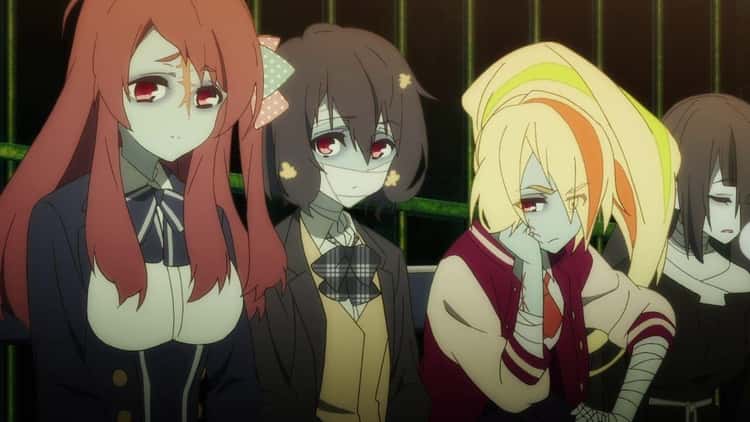
Zombie Land Saga was the surprise anime hit of 2018. The surreal idol series follows Sakura Minamoto as she performs in an all-zombie idol group, after being resurrected from her fatal truck accident 10 years later by a necromancer/producer. Three years later, studio MAPPA followed up with Zombie Land Saga Revenge. While still well-received, Season 2 of Zombie Land Saga fell victim to the overworked management style that MAPPA has unfortunately become known for. Sakuga Blog writer Kevin Cirugeda said that an average of 17 animation directors per episode were brought in for the 12-episode run of Zombie Land Saga Revenge.
“ZLSR has had the final rush panic button pressed since the very start,” Cirugeda said. “Zero buffer, management staff forced to fish for whoever’s willing to hold a pen in less than savory ways, all leading to a barely functional animation pipeline – hence the regularly insane AD & 2nd KA credits. If MAPPA wasn’t run by someone who talks about anime overproduction as a market opportunity, maybe we wouldn’t be in a place where teams are pushed off a cliff because we’ve got 10 more important projects and w/e existing goodwill + a million ADs & 2nd KA will cushion the fall.”
8. Over 90 Animators Worked On ‘The Witch From Mercury’ Series Finale
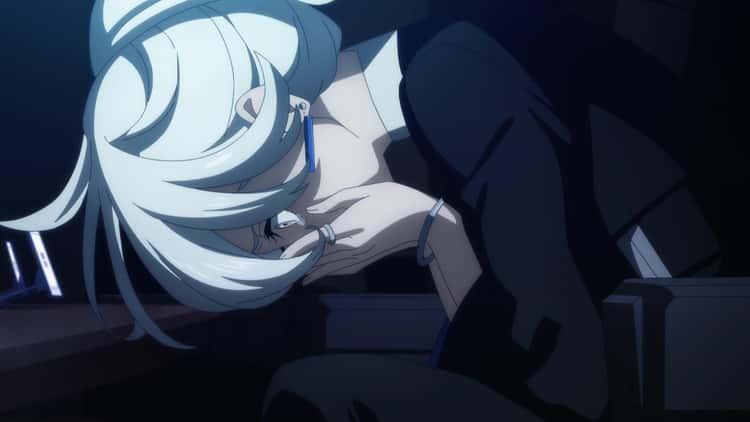
Mobile Suit Gundam: The Witch from Mercury ended its 24-episode run on July 2, 2023. While the series was praised for breathing new life into the franchise of over 40 years, it featured the same type of production problems that typically plague the Gundam series. After the credits rolled on Episode 24, “May All Blessings Find Their Way to You, I’m Wishing It,” Twitter user Nakayasee captured the moment when 94 key animators were credited for the finale. “The final episode of Gundam Witch from Mercury has a total of 94 key animators. For a 20-minute episode. Absolute madness,” Nakayasee tweeted.
If the hiring of over 90 key animators for a 23-minute episode didn’t make the production problems of The Witch from Mercury obvious, a character designer on the show threw some shade at a few who allegedly made things worse. On Twitter, character designer Marie Tagashira thanked the staff of The Witch from Mercury for a job well done, but a certain 2-3 people were excluded from this praise. Some users criticized Tagashira for her back-handed comment, while others believed she had every right to air her grievances regarding the show’s troublesome production.
7. An Animator’s Cry For Help In ‘My Sister, My Writer’
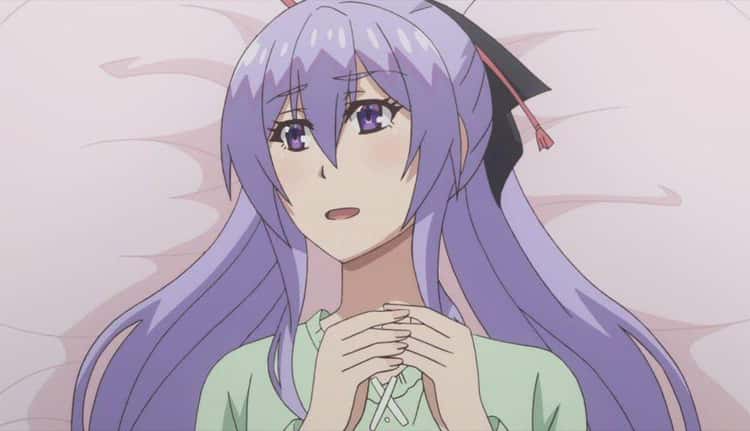
On paper, My Sister, My Writer appears to be a run-of-the-mill incestuous romantic comedy. However, the anime adaptation by studio NAZ became infamous for its wildly off-modeled characters and shockingly bad animation. Needless to say, the production of My Sister, My Writer was not a healthy one.
As if moments like a character’s mouth leaving their face wasn’t confirmation enough of a troubled production, an animator hid a secret cry for help in an episode’s credit sequence. An animator was credited with the unusual name “正直困太.” When roughly translated into the English language, the credited Japanese name reads “Honestly, I’m screwed.”
6. ‘Attack On Titan’ Final Seasons Stretched Out By Poor Management And Overworked Staff
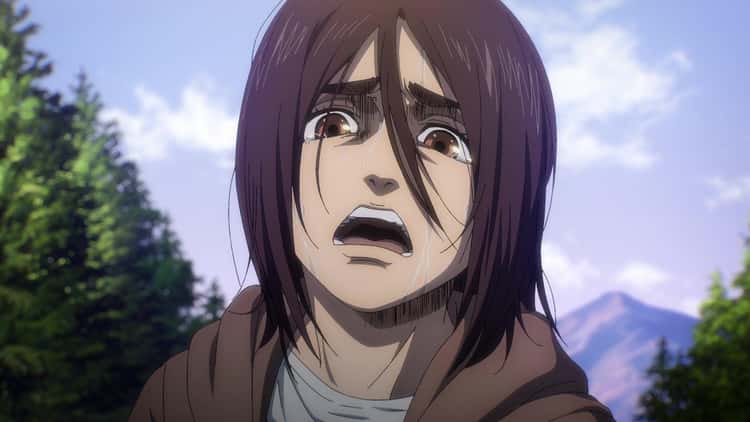
Although the Attack on Titan anime series eventually ended, its conclusion kept getting stretched to multiple seasons. Attack on Titan: Final Season, Attack on Titan: Final Season Part 2, Attack on Titan: The Final Season – Final Chapters… it was a little ridiculous. The prolonging of the series finale was made worse by the switch from Wit Studio to MAPPA, as fans have criticized the animation differences such as MAPPA CG-animating the Titans.
MAPPA, a studio that earned the infamous reputation of overworking and poorly managing its staff for insufficient pay, announced that part three of the final Attack on Titan season was being split into two because of the larger-than-expected amount of work needed to complete the series. Attack on Titan fans, while critical of MAPPA’s adaptation of the series, have expressed concern for those overworking themselves for the show. Fans were especially uneased when Teruyuki Omine, an episode director and animator of The Final Season, announced in a now-deleted tweet that he returned home for the first time in three days in January of 2022.
5. ‘Stars Align’ Having Its Episode Count Cut In Half
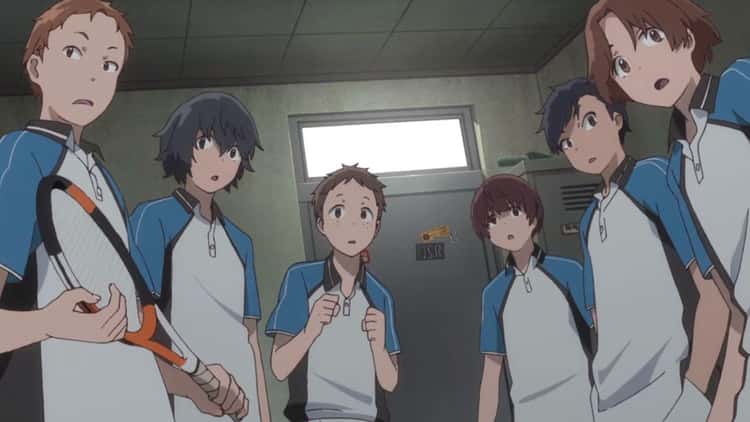
Stars Align, the original sports anime about a boy’s tennis club regaining its momentum after a skilled transfer student is recruited to the team, used its simple promise to explore heavy topics like bullying, gender identity, and domestic abuse among its cast. Although the series is heavily praised, the final episode didn’t leave viewers with a conclusive ending as many had hoped. There’s a reason for that.
According to Kazuki Akane, the anime director of Stars Align, the series was originally planned to have 24 episodes. However, the production committee cut the episode count to 12 at the last minute. This meant the anime staff had very little time to restructure the series to a 12-episode format. Although Akane has been unable to find a new anime studio to fund a new season of Stars Align, the anime director said he might release the scenarios of the succeeding episodes online. Despite being in poor health, Akane wants to continue Stars Align in one way or another.
4. The Awful Animation Of ‘Ex-Arm’
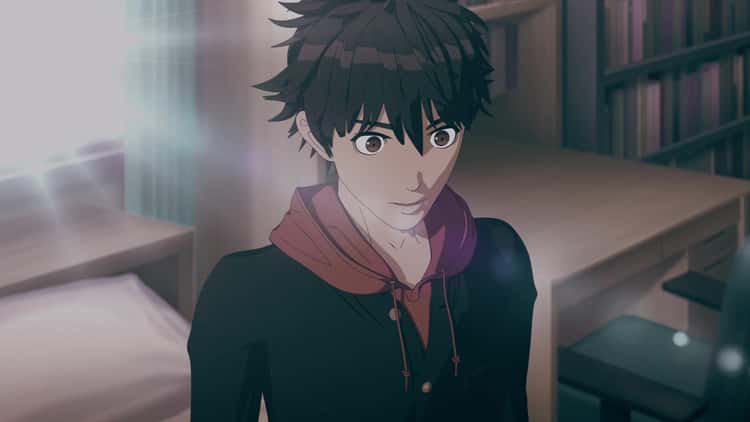
Before its anime adaptation, Ex-Arm was known as a manga about a high school boy being reborn as an advanced weapon in a futuristic world, after dying in an accident 16 years before. However, Ex-Arm is now commonly mocked as that one anime with really bad CG animation. The anime, which ran for 12 episodes from January 11, 2021, to March 29, 2021, was produced as a Crunchyroll Originals. However, the anime streaming service seemed to distance itself from promoting the series on its social media networks.
Although Ex-Arm was funded by the streaming giant Crunchyroll, the series was staffed with people who had zero experience working in animation. The anime director, Yoshikatsu Kimura, only had experience in live-action productions such as High-Kick Girl! and Soup Curry. The animation studio, Visual Flight, wasn’t known for producing anime. The closest the studio came to having experience in CG animation was its modeling work for Sekiro: Shadows Die Twice. The staff’s inexperience in CG animation led to Ex-Arm being awkwardly animated.
3. The CG Animation Fail Of ‘Berserk (2016)’
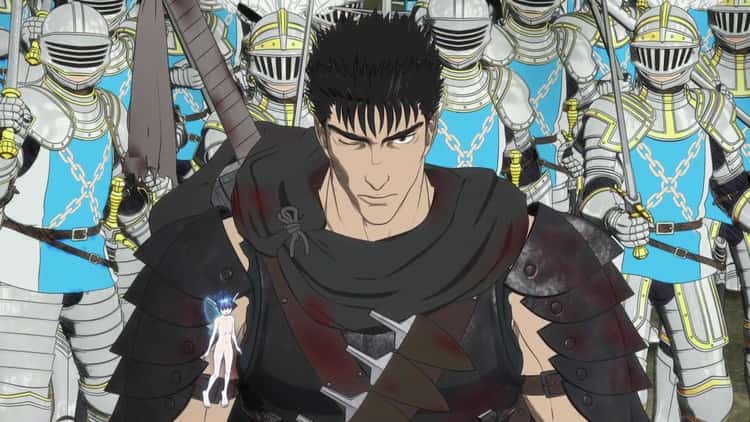
The 1997 Berserk anime was renowned for successfully adapting the dark fantasy series of the late Kentaro Miura. Perhaps the show’s greatest achievement was realizing the horrific imagery of “The Eclipse.” The series visualized the hellish atmosphere of Griffith sacrificing his men, the Band of the Hawk, for absolute power and using it to ruin the life of his friend, the “Black Swordsman” Guts.
Unfortunately, the visual recognition the 2016 Berserk anime series is known for is one of mockery. Similar to the case of Ex-Arm, the CG-animated Berserk TV series featured laughably bad animation that provoked unintentional comedy than horror. As the Anime News Network puts it, the 2016 series suffered because the higher-ups at animation studio GEMBA underestimated the amount of work and experience needed to bring Miura’s visually-detailed world to life in CG within the tight-deadline world of TV animation.
2. The Animation Quality In Season 3 Of ‘The Seven Deadly Sins’
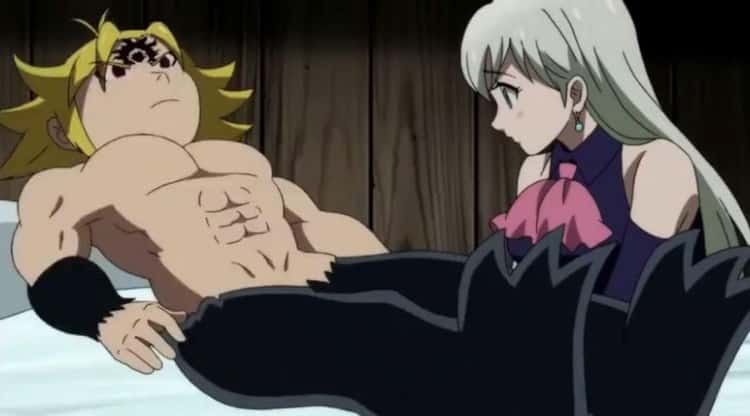
For one reason or another, an anime series will switch studios during its run. Sometimes the switch is seamless, other times it’s not. Unfortunately for fans of The Seven Deadly Sins, Studio Deen taking over production of Season 3 from A-1 Pictures was downright disastrous. The animation in Season 3, also known as The Seven Deadly Sins: Imperial Wrath of The Gods, was so notoriously bad it became a meme.
As hilarious as the memes were, fans of The Seven Deadly Sins weren’t happy that what was considered one of the best storylines from the manga was animated so poorly. While many have pointed the finger at Studio Deen, some have suggested that fault lies with Aniplex bailing on the franchise after the anime movie, The Seven Deadly Sins the Movie: Prisoners of the Sky, underperformed in Japan. The series’ production committee was left with less than a year to find a new studio to work on Season 3. Although Studio Deen is credited for Season 3, much of the work was outsourced to a studio named March Jack, leading to a messy production.
1. ‘The Promised Neverland’ Speedrunning To The End
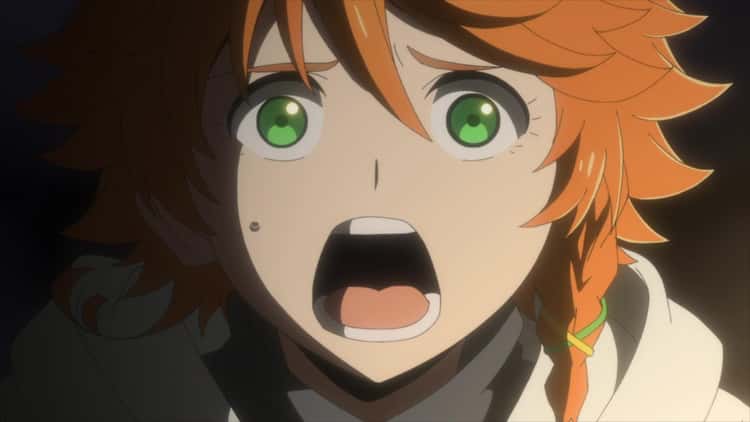
Like many entries in this list, The Promised Neverland started off strong with its engaging storyline about a group of orphans uncovering the horrible truth of their orphanage and the terrible fate that befell those who were “adopted.” While the anime adaptation of Kaiu Shirai’s manga was allowed to breathe in Season 1, the show ran nonstop to the finish line in Season 2.
Over 60 chapters were skipped in the anime adaptation of The Promised Neverland‘s Season 2, leading to rushed storylines and omissions of vital characters from the source material. While there’s no official statement as to why The Promised Neverland anime decided to skip so much content just to get to the series’ ending, the fact that no writer was credited for the final episode doesn’t speak well of its production.
